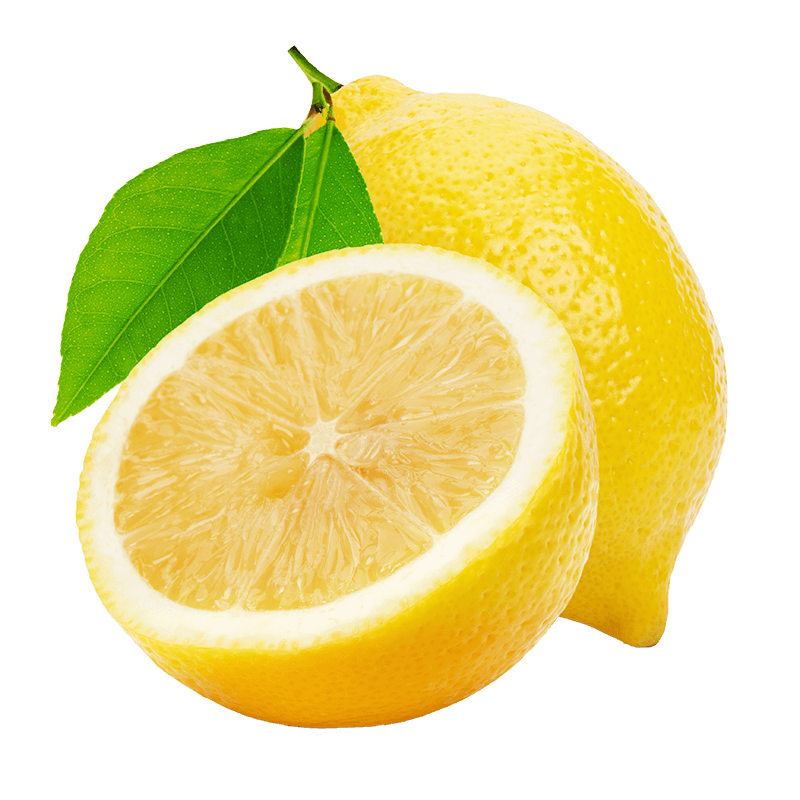
Lemon
Latin name
Origin
Used part
Active components
Essential oil (limonene, citral): antibacterial and antiviral action.
Citric acid: Organic acid.
Flavonoids: Antioxidants.
Vitamin C: hydrosoluble antioxidant.
Pectin: Polysaccharide with prebiotic action.
Usage
Bibliographical references
- The effect of lemon, orange and bergamot essential oils and their components on the survival of Campylobacter jejuni, Escherichia coli O157, Listeria monocytogenes, Bacillus cereus and Staphylococcus aureus in vitro and in food systems.
Fisher K, Phillips CA.
J Appl Microbiol. 2006 Dec;101(6):1232-40.
Pubmed: http://www.ncbi.nlm.nih.gov/pubmed/17105553 - Antimicrobial activity of lavender, tea tree and lemon oils in cosmetic preservative systems.
Kunicka-Styczyńska A, Sikora M, Kalemba D.
J Appl Microbiol. 2009 Dec 1;107(6):1903-11.
Pubmed: http://www.ncbi.nlm.nih.gov/pubmed/19508298 - Antimicrobial activity of plant essential oils using food model media: efficacy, synergistic potential and interactions with food components.
Gutierrez J, Barry-Ryan C, Bourke P.
Food Microbiol. 2009 Apr;26(2):142-50
Pubmed: http://www.ncbi.nlm.nih.gov/pubmed/19171255
The health claims that feature on our website in relation to the plants contained in our products are compliant with the list of health claims awaiting final assessment by the Community authorities (cf. website of the European Commission: http://ec.europa.eu/nuhclaims/). However, they may be subject to modification following their assessment by the national competent authorities.
The health claims relating to other nutrients or substances contained in our products that feature on our site are compliant with Regulation No. 432/2012 of the Commission of 16 May 2012 which establishes a list of authorised health claims authorised in relation to food products, other than those in reference to the reduction of the risk of disease as well as community-based development and child health (cf. website of the European Commission: http://ec.europa.eu/nuhclaims/).

 Belgique
Belgique  België
België  France
France  Italia
Italia  Portugal
Portugal  España
España  United Kingdom
United Kingdom  Κύπρος
Κύπρος 